Recommended Posts
JerryBaumchen 1,048
Hi John,
QuoteIt used to be this way:
A = Beginner
B = Intermediate
C = Advanced
D = Expert
Not in my day. I do not recall what the A or B were called but the C was called 'Jumpmaster' and, of course, the D was called 'Expert.'
A-661
B-4446
C-3516
D-1543
There used to be little bars that hung below your wings with each title. I seem to remember that the first bar you got was for the B license which I think was called 'Parachutist,' but it has been a few years.
JerryBaumchen
QuoteI'm just asking why is it a requirement? Specifically, to get ratings that have nothing to do with night jumping. I still haven't seen a good answer yet.
I haven't seen a good answer either.
'Ya don't have to like it, ya just have to do it'
It's a requirement because it's about the most basic way of showing you have the skills to handle something out of 'normal' routine.
And it gives you a skill you may need sometime. Skydiving itself was once out of your comfort zone, then ya did it a few times and realized that it wasn't the boggieman...same thing with night jumps.
There's nothing wrong with showing you are able to jump anytime of the day to get a D license.
IF someone is that afraid of the dark, get the 'almost' D license...then give yourself a hug and order up a Shirley Temple to celebrate NEARLY completing the requirements.
I don't think making the 'Expert' or 'Master' parachutist license easier to get is a good idea, if anything they sould add 1/2 a dozen MORE requirements...same with the PRO Rating.
If one is to hold the highest designation in a sport such as ours they should be at least familiar with ALL of it's aspects, not just the ones they like or are easy to do.
~ If you choke a Smurf, what color does it turn? ~
kallend 1,623
QuoteQuoteQuoteQuote
The awards! Yes, indeed. That got skipped in this thread...good catch.
Refer to post #43.
I don't believe a D license should be required for the 1000 jump wings. Jumpnumbers are not related to skillsets.
I do think that a D should be at least somewhat more difficult. I do think that D licenses should include night jumps.
and night wingsuit jumps....damn they're fun. Get a few daytime WS skills under your belt first, and give it a whirl.
And night CRW.
And be on a completed 100 way.
And have competed at nationals...
The possibilities of arbitrary criteria are endless.
Wingsuit night jumps, night CRW, competed at Nationals, and being on a completed 100 way are all electives, determined and planned/trained in advance.
landing well after sunset may not be.
Nonsense. Getting on a sunset load is elective. Choosing to exit at or after sunset is elective.
The only sure way to survive a canopy collision is not to have one.
Ron 7
So it seems it went from "Expert" to "Master" and back to "Expert" at some point.
QuoteQuoteThen why not make, for example, HALO jumps a requirement of the D license? Or wingsuit proficiency? Where's the dividing line between sensible and arbitrary?
Our normal jumps are "HALO". I presume you mean high-alititude.
The dividing line should be between things that any skydiver can experience at some time in the normal course of events, versus specialized things that would only happen if you chose to make it happen.
Sunset loads can become night jumps, water landings can happen from bad spots, and accuracy can become necessary if you're blown off-airport by winds. So to be an expert, you should know how to deal with those things. On the other hand, no one accidentally ends up in a wingsuit or at 20,000 feet - they had to plan for that to happen in advance, so there are different paths to take to become versed in those subjects.
True but since when does a jump that is just barely after sunset have the same darkness level that a "night jump" has. They are not even close. I never understood the argument really? You cannot take off and suddenly find yourself doing a night jump classified by the SIM. I enjoy doing a night jump but it is not even close to doing a jump that is just as the sun is setting or right after. A true night jump is a choice just like the other jumps mentioned. I do not think it should be required.
JMHO
Muff Brother #4382 Dudeist Skydiver #000
www.fundraiseadventure.com
QuoteQuoteI'm just asking why is it a requirement? Specifically, to get ratings that have nothing to do with night jumping. I still haven't seen a good answer yet.
I haven't seen a good answer either.
Then neither of you are reading all the posts.
Hey lets just let every one have a "D" license, just cause, no standards needed, every one gets a trophy!
Matt
Ya! I want a trophy.... a big one that says I am an awesome skydiver.
Seriously though... the other standards make total sense. I think the night jump is a grey area and can be argued either way.
Muff Brother #4382 Dudeist Skydiver #000
www.fundraiseadventure.com
kallend 1,623
QuoteFunny, mine says "Master"
So it seems it went from "Expert" to "Master" and back to "Expert" at some point.
Doesn't say anything qualitative any more. Just "D" with a number.
The only sure way to survive a canopy collision is not to have one.
kallend 1,623
QuoteQuoteThen why not make, for example, HALO jumps a requirement of the D license? Or wingsuit proficiency? Where's the dividing line between sensible and arbitrary?
Our normal jumps are "HALO". I presume you mean high-alititude.
The dividing line should be between things that any skydiver can experience at some time in the normal course of events, versus specialized things that would only happen if you chose to make it happen.
Sunset loads can become night jumps,
SURPRISE - the Earth's rotation no longer obeys the laws of physics.
Quote
water landings can happen from bad spots, and accuracy can become necessary if you're blown off-airport by winds. So to be an expert, you should know how to deal with those things.
So why isn't a "D" a requirement to be allowed on a sunset load? Your argument makes no sense.
The only sure way to survive a canopy collision is not to have one.
DSE 3
Quote
Nonsense. Getting on a sunset load is elective. Choosing to exit at or after sunset is elective.
Sure, getting on the load and even exiting is elective. Having a malfunction is "elective" too.
I kinda doubt that people will realize too late that they didn't elect to be part of a CRW, Wingsuit, 100 way, or Nationals competition.
Sometimes, what looks good in the air isn't the same as what looks good in freefall or under canopy. Unfortunately, a lot of people don't learn that until it's too late to get back in the aircraft.
If you've never been in that situation, then god bless you for having never had a moment of poor judgement. Most every experienced skydiver has at some point.
billvon 2,396
Agreed. Landing out due to a bad spot is elective. Jumping near water is elective. Jumping with other people is elective. Freefalling for any length of time is elective.
Still, I am glad that freefall time requirements, accuracy requirements, water training requirements and RW requirements are part of the license structure. Even if all those things add risk, and result in a few cranky skydivers.
dgw 8
QuoteQuoteQuoteThen why not make, for example, HALO jumps a requirement of the D license? Or wingsuit proficiency? Where's the dividing line between sensible and arbitrary?
Our normal jumps are "HALO". I presume you mean high-alititude.
The dividing line should be between things that any skydiver can experience at some time in the normal course of events, versus specialized things that would only happen if you chose to make it happen.
Sunset loads can become night jumps, water landings can happen from bad spots, and accuracy can become necessary if you're blown off-airport by winds. So to be an expert, you should know how to deal with those things. On the other hand, no one accidentally ends up in a wingsuit or at 20,000 feet - they had to plan for that to happen in advance, so there are different paths to take to become versed in those subjects.
True but since when does a jump that is just barely after sunset have the same darkness level that a "night jump" has. They are not even close. I never understood the argument really? You cannot take off and suddenly find yourself doing a night jump classified by the SIM. I enjoy doing a night jump but it is not even close to doing a jump that is just as the sun is setting or right after. A true night jump is a choice just like the other jumps mentioned. I do not think it should be required.
JMHO
Well, I read earlier that the USPA requirements for a night jump are that it is carried out between the hours of sunset and sunrise. I don't know if this is correct.
If it is, then at my position on the Earth (about 50 miles north of London), you have about 30 minutes between sunset and the end of civil twighlight, where it is still plenty bright for most of that time. The street lights come on at the end of civil twighlight. I'm not overly keen on lobs in the inky blackness of a New Moon, but I'd have no problem going for a 'night jump' 10 minutes after sunset.
I've done that many times, without having to blindly grope my way back to the packing hangar...


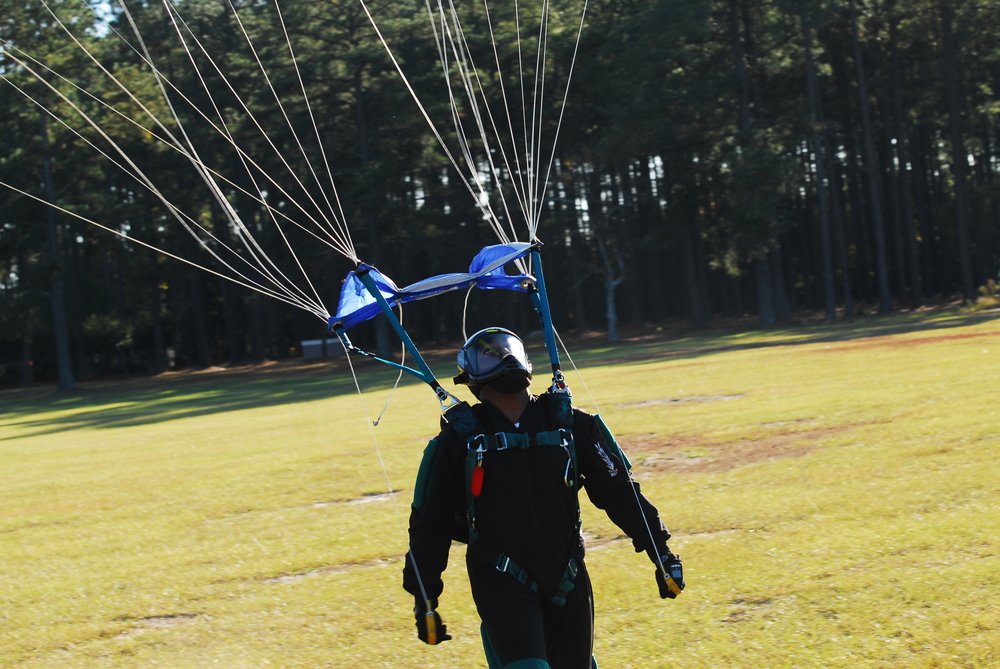
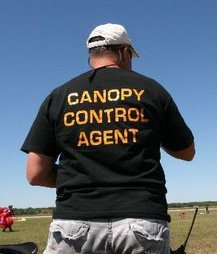

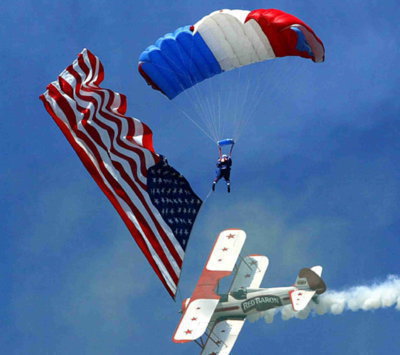
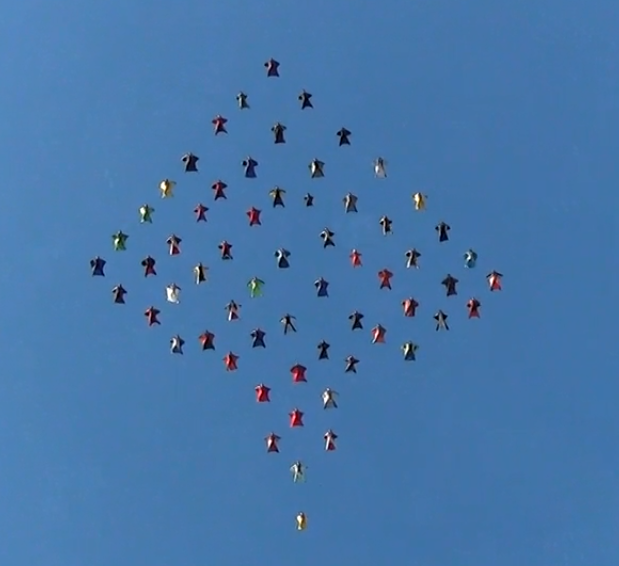
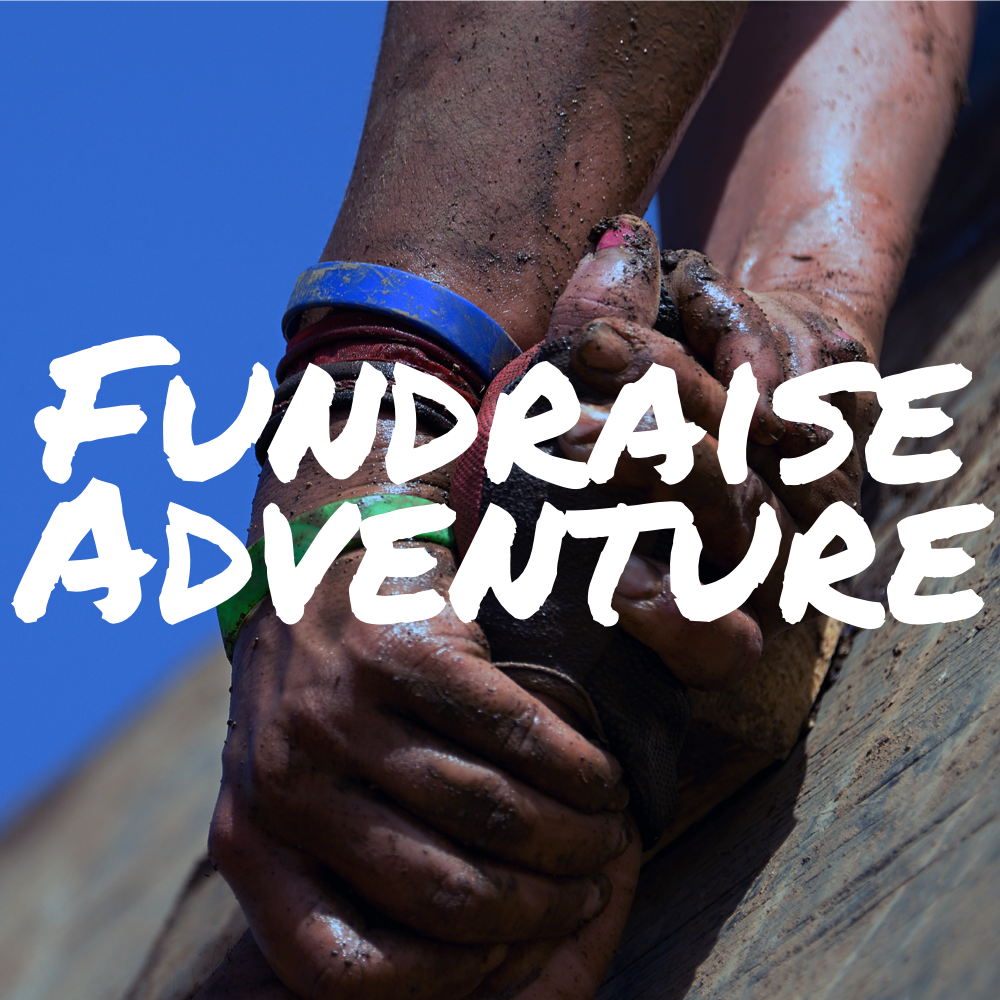
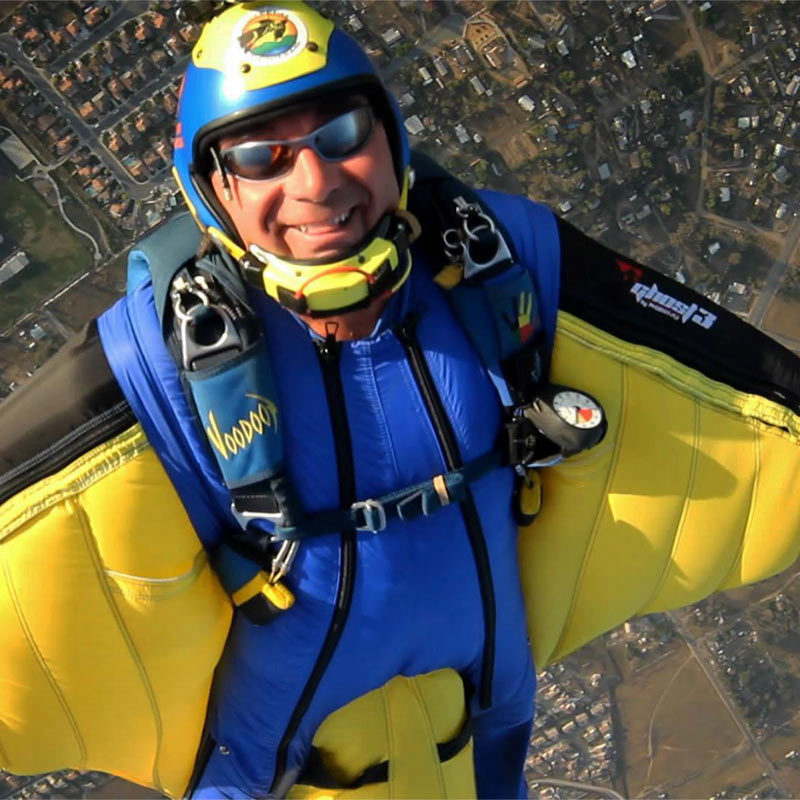
.thumb.jpg.4bb795e2eaf21b8b300039a5e1ec7f92.jpg)
I haven't seen a good answer either.
Then neither of you are reading all the posts.
Hey lets just let every one have a "D" license, just cause, no standards needed, every one gets a trophy!
Matt
So, start being safe, first!!!
Share this post
Link to post
Share on other sites